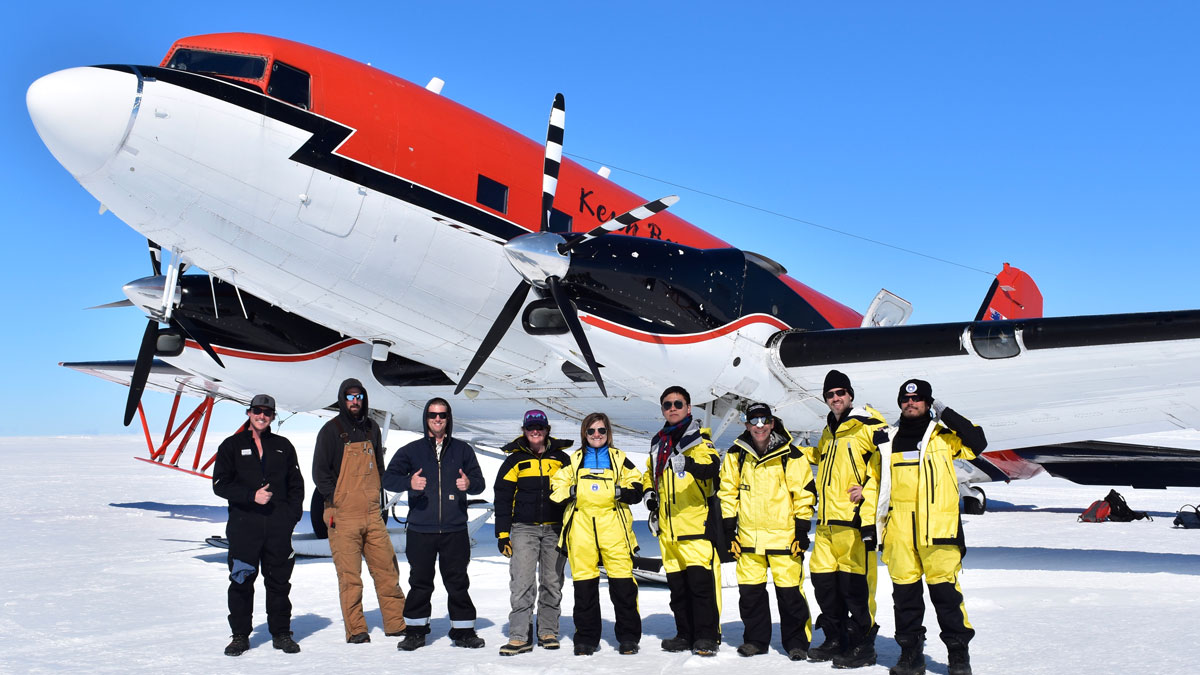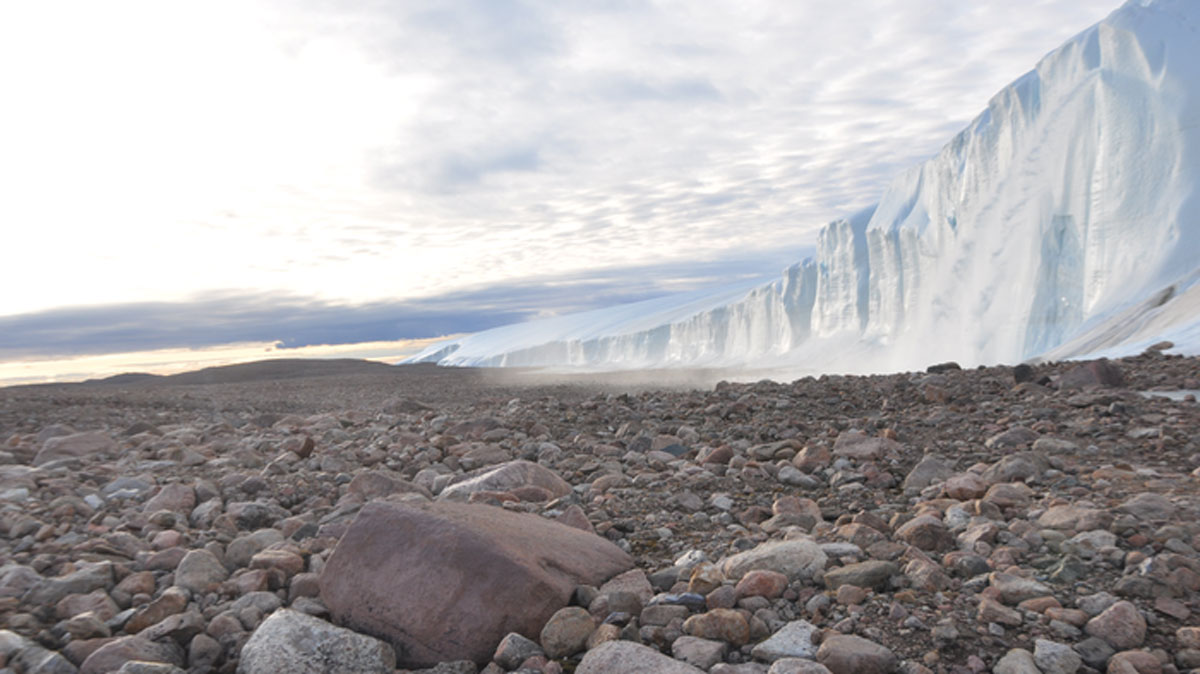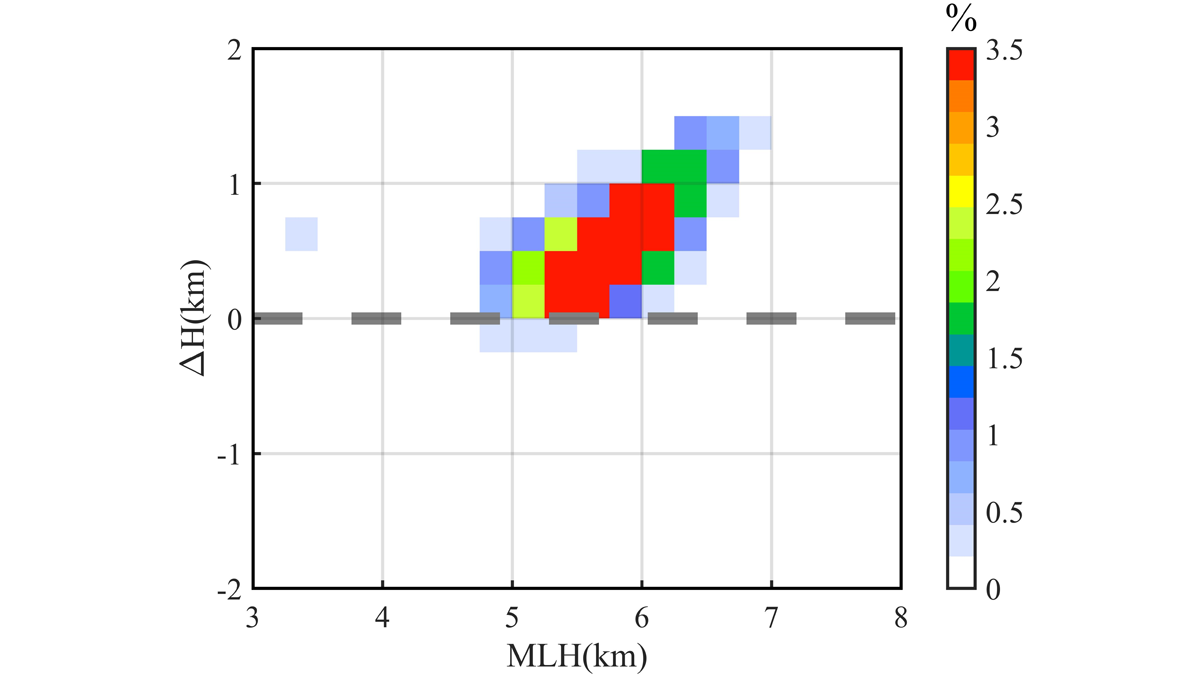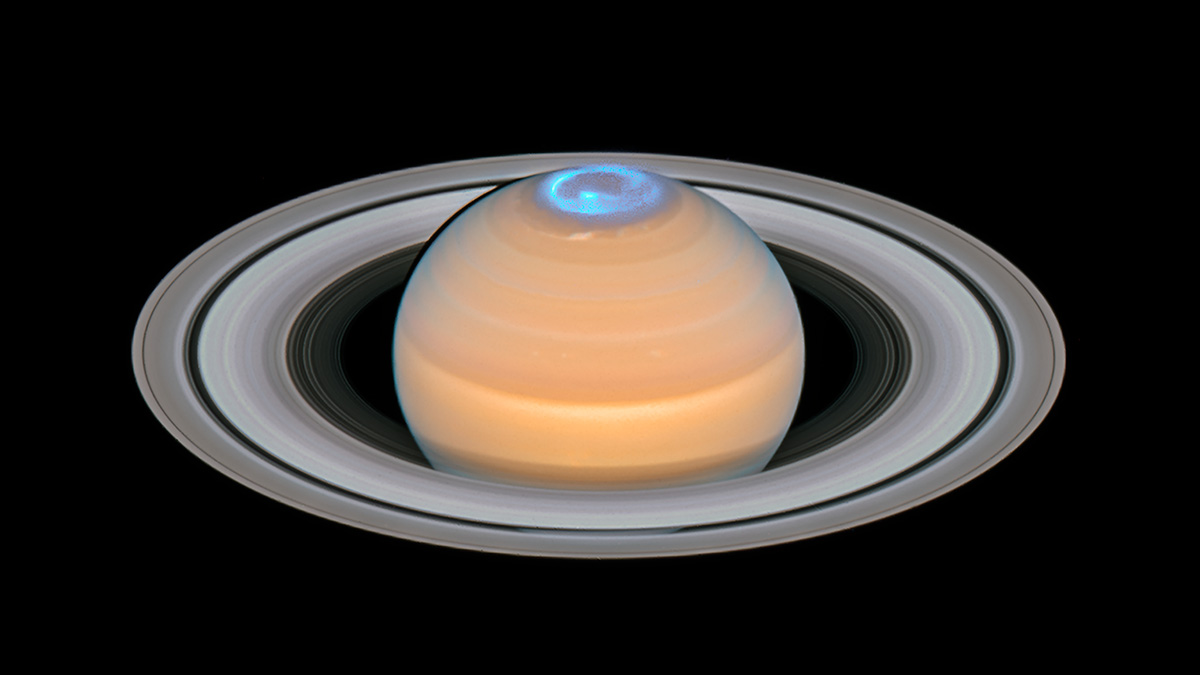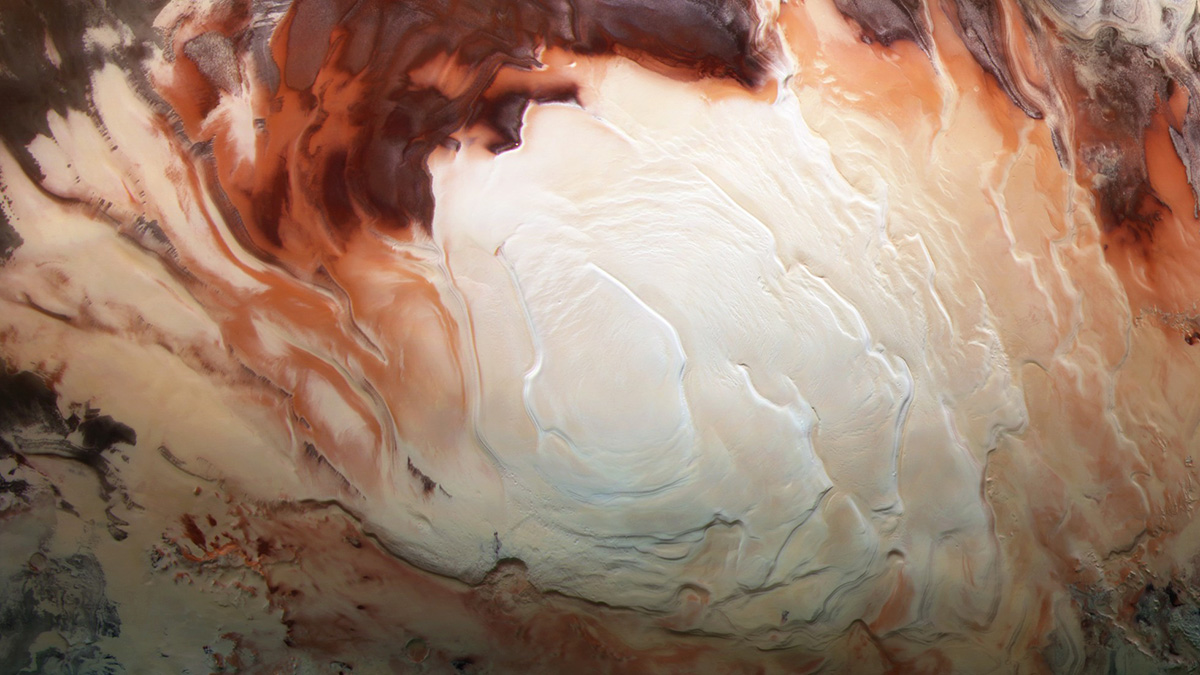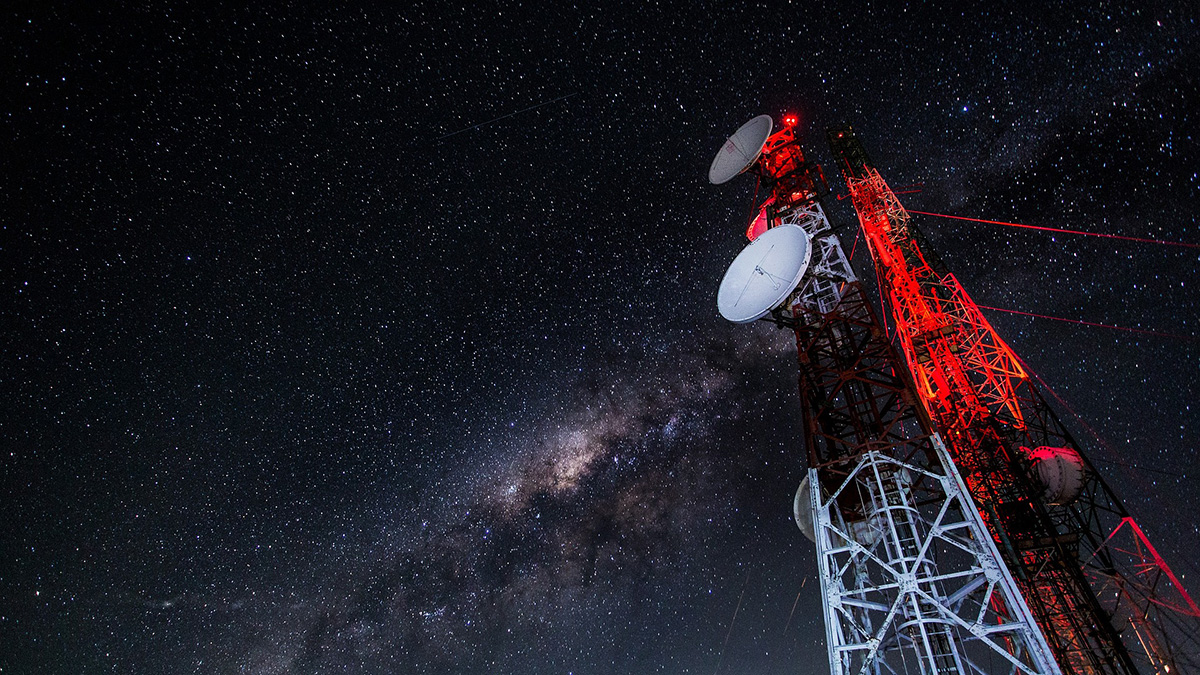Scientists dive in—metaphorically—to Lake Snow Eagle, only recently revealed through ice-penetrating radar.
radar & radio
Amateur Radio Observations Help Monitor Space Weather
Amateur radio observations provide a new method for studying large-scale ionospheric disturbances and HF communication impacts, and are important applications in ionospheric space weather monitoring.
Impact Structure Hidden Under Arctic Ice Dates to the Paleocene
Greenland’s Hiawatha impact structure, more than 30 kilometers in diameter, is much older than previously thought, new results suggest.
Melting Layer Characteristics of Cyclones
Dual‐frequency Precipitation Radar observations reveal the characteristics and microphysical processes of the melting layer in cyclone precipitation over the western North Pacific.
Saturn’s Powerful Winds Explain Changes in the Length of Its Day
Atmospheric winds moving at more than 7,000 kilometers per hour distort Saturn’s magnetic field, revealing why spacecraft have measured changes in the length of a day on the ringed world.
With MeerKAT, Astronomers Peer at the Possibilities of Radio Imaging
Stunning images of the center of the Milky Way showcase technology and techniques that may be a starting point for more discoveries.
The Bumpy Search for Liquid Water at the South Pole of Mars
Studies since 2018 have provided competing explanations of bright radar reflections from the base of the south polar ice cap.
Can Aurora Enhance Radar Monitoring of Arctic Aviation?
Enhanced E-region ionization produced by the aurora can be used to reflect signals from over-the-horizon radars and thus enable those radars to better monitor aviation in Arctic regions.
Expanding the Scope of Radio Science
AGU’s Radio Science journal announces an expansion in scope in response to technological developments and welcomes Technical Reports presenting measurements and experimental studies.
A Transition Zone Below Jupiter’s Clouds
The microwave radiometer aboard NASA’s Juno spacecraft reveals the hidden atmospheric circulations at work deep below Jupiter’s colorful clouds.

